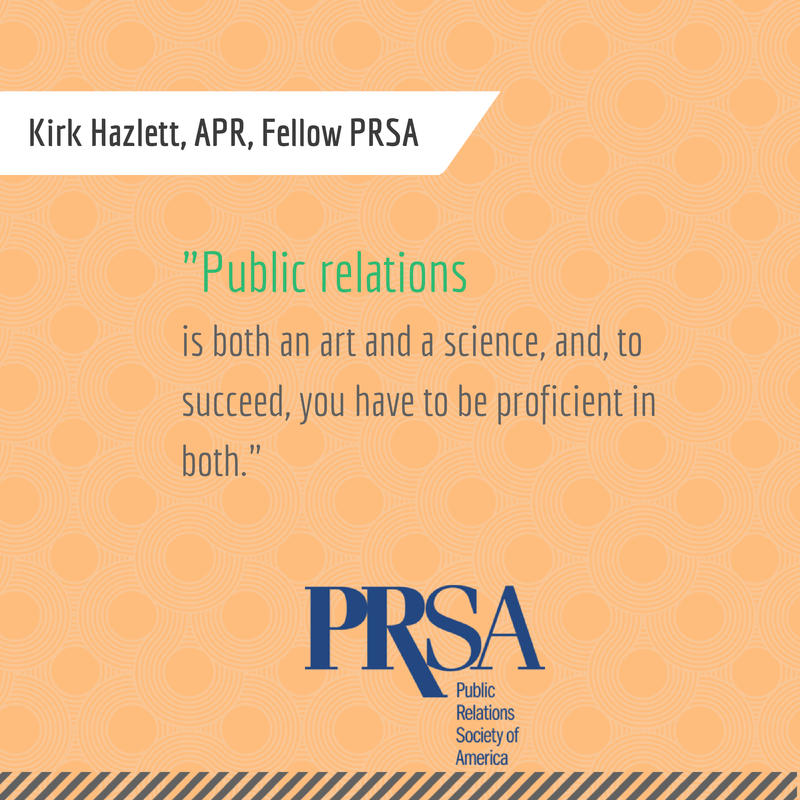Our profession – that of providing public relations counsel and support for clients or employers – continues to be misunderstood by many of those for whom we provide our services, not to mention the myriad others who are either indirectly impacted by our activities or observe the results from the sidelines.
There seems to be an endless supply of public incidents requiring our expertise; ranging from political embarrassments to very public senior management squabbles and everything in between. Not surprisingly, things ricochet from bad to worse, and the description typically is “it has become a public relations ‘nightmare.’”
I frequently am asked, as I’m sure have many of you, how I would “fix” one or another situation
To which I respond, “It’s not that simple. Public relations is much more than simply ‘fixing things.’”
To which I usually get yet another question: “Well, then, what good is public relations?”
There, to me, is our quandary both as a profession and as professionals working diligently to help clients or employers succeed.
As I (more-or-less) patiently tell my Communication students at Curry College and have written previously, “Public relations is both an art and a science, and, to succeed, you have to be proficient in both. The ‘science’ part lies in our ability to analyze the environment in which our client or employer must operate and recommend proactive measures for success. The ‘art’ lies in the ways in which we craft messaging and programming to support those recommendations.”
If we are doing our jobs as we should, relationships will be recommended and established with stakeholders, predictable as well as potential stumbling blocks will be identified and addressed, and appropriate messaging will be prepared.
And here is where the “value” of public relations lies. As Edward L. Bernays said so clearly in “Your Future in Public Relations” (Richards Rosen Press, 1961), the public relations professional “understands the relationships of groups and individuals to one another; he advises on, and to some extent directs and supervises, activities that are instrumental in bringing about better adjustment between individuals and groups and the public on whom they are dependent for survival and growth…He helps people to understand one another better.”
Public relations’ “value” is just that…“value added.” By serving as the eyes and the ears of the organization, the public relations professional makes it possible for the organization itself to focus on its raison d’etre…its mission.
It’s as simple…and as complicated…as that.







